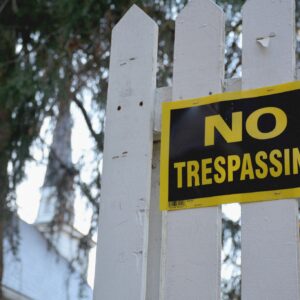
SIX NATIONS – The Creators Game, is what Haudenosaunee people have called the sport of lacrosse since the earliest of times, long before European contact.
It was French missionaries who named it lacrosse because they felt the sticks resembled the crosier, or le crosse, carried by Catholic bishops.
The Iroquois, Huron, Algonquin and other tribes were already playing the game before first contact. In its beginnings lacrosse was called baggataway and was a wide-open game that was part religious ritual as well as a part of military training.
Six Nations is commonly recognized as the birthplace of the game, tradition says, was given by the Creator to the Haudenosaunee for conflict resolution as an alternative to all out war, as well as for keeping their young warriors in shape in case of conflict.
To the untrained European eye, it looked more like war than sport, with sometimes hundreds of players playing in an open field at the same time flailing each other with wooden sticks.
But the game was quickly adopted by European settlers who added their own rules and formed leagues, ironically, excluding any Onkwehon:we player from participating for many years.
Eventually, these leagues needed stars so Iroquois players were invited to join teams which were dominantly white. Dozens of Six Nations elders played on those teams of the 1930’s, 40’s and 50’s and remember their glory days with great pride.
Within Haudenosaunee circles, it was far more than a game or a sport. It was a spiritual experience which some of today’s best Onkwehonwe players still draw inspiration from.
It is for these reasons Six Nations has produced and continues to produce the game’s best players, and within Six Nations it is part of the identity of being Haudenosaunee.
The Creator’s Game has spread far beyond the Haudenosaunee. Today, lacrosse is recognized as the world’s fastest growing sport with teams and high caliber leagues emerging from countries around the world from Africa to Israel, from Viet Nam to Russia.
Early paintings by pioneer artist George Catlin depict Native lacrosse players in action. Catlin travelled extensively among the Onkwehonwe across Turtle Island paining images of life among the original peoples. He died in December of 1872 leaving a legacy of priceless images.
While hockey, football, soccer and baseball have taken a lead role in today’s North America, at Six Nations, lacrosse is still king as evidenced by last season’s remarkable feet. The Sr. A Six Nations Chiefs won their second Mann Cup in a row, the Six Nations Jr. A Arrows Express won the Minto Cup, and the Jr. B Six Nations Rebels won their remarkable fourth Founders Cup in succession, all national titles.
The professional National Lacrosse League and the Canadian Lacrosse League, as well as the Lacrosse Hall of Fame also boast many Six Nations stars of the modern game.
In recent years, women’s lacrosse has emerged as well with National titles in almost every age category. The World Women’s Lacrosse Championship will be hosted in Onondaga New York later this year, and the men’s Iroquois Nationals will compete in the world Men’s Championship this summer in Scotland. Lacrosse is the only sport that recognizes the Haudenosaunee as a Nation on the world stage.










